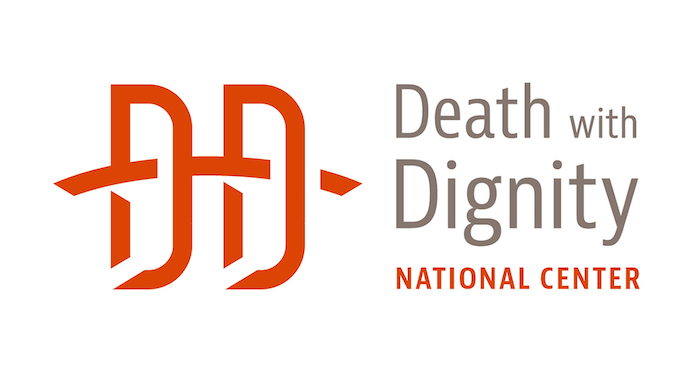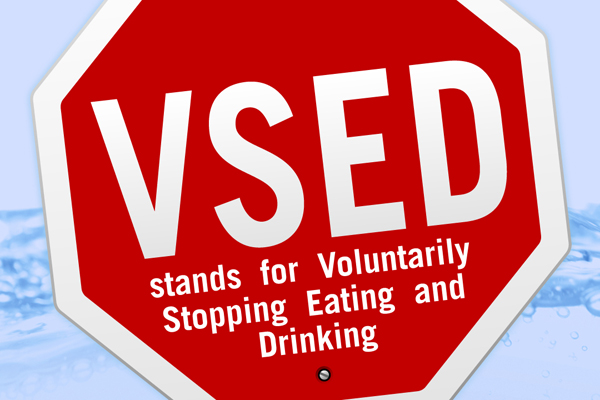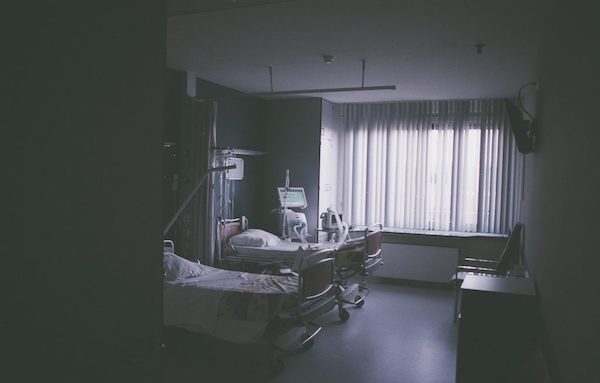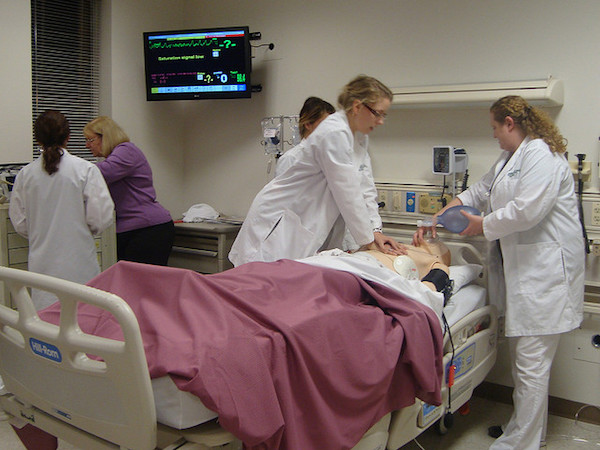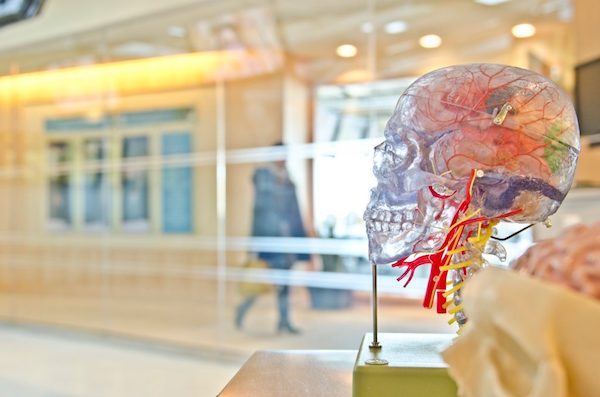By Carolyn Crist
Defibrillators implanted in the body to kickstart the heart can be lifesaving for some people, but as patients age they may face difficult conversations about when to replace or deactivate the devices.
Conversations about end-of-life care, in particular, can drive a wedge between patients and doctors and create difficult decisions for families, an international team of cardiologists writes in the American Journal of Medicine.
“The standard consent process does not fully inform patients receiving (the device) about all the downstream implications,” said co-author Dr. Arnold Eiser, an adjunct fellow at the Center for Public Health Initiatives at the University of Pennsylvania in Philadelphia and a professor of medicine at Drexel University.
Implantable cardioverter defibrillators (ICDs) differ from pacemakers, which control abnormal heart rhythms. Pacemakers prompt the heart to beat at a normal rate through electrical pulses, whereas ICDs monitor heart rhythms and shock the heart to prevent sudden cardiac arrest.
Older patients may face a difficult choice of when to stop using an ICD, especially if shocks become painful or it continues life longer than desired, said Eiser.
“Downstream decisions include whether the device no longer serves the patient’s best interests,” he told Reuters Health by email. “We believe a well-informed patient is an important aspect of ethical medical practice.”
The informed consent process could prompt this conversation, the study authors note. When patients agree to surgery for a device, they should be aware of the benefits and risks, and the information should be presented in a way that families can easily understand. Current consent forms tend to concentrate on short-term risks and benefits rather than broader device-related issues that may emerge later in life, the authors write.
By talking about advance care planning and next-of-kin choices regarding heart care and treatment options, doctors can document what a patient’s wishes are before facing a clinical crisis at the end of life. Regular conversations during check-ups would help as well.
“It will be better to prepare all parties for the decisions that come into play as the patient’s medical condition changes,” Eiser said. “It is an unusually complex decision, but it’s not always presented in that way.”
The decision-making process should be clarified as well, the authors urge. Older patients often listen to advice from authority figures such as their doctors. This may lead to a bias toward implantation.
Instead, ICD decisions should include the patient’s multifaceted health conditions and the future effects on wellbeing, prognosis and end-of-life, the authors write. The patient’s primary care physician and cardiologist should be included in conversations with the patient and family.
“We have to have an ongoing discussion with these patients about the possibility of deactivation,” said Dr. Annika Kinch-Westerdahl of Danderyds Hospital in Stockholm, Sweden, who wasn’t involved in the essay.
Kinch-Westerdahl and colleagues have studied the high risk of painful shocks ICD patients may feel near the end-of-life. They’ve also researched what cardiology, internal medicine and geriatric specialists understand about ICDs. Although cardiologists were well-versed in the risks and benefits, most internal medicine and geriatric doctors needed more training.
“We need to support our patients in their choices throughout their lifespans, not only at a point when they have to accept a new treatment – but also when it is time to terminate an existing treatment,” she told Reuters Health by email.
To maintain communication with ICD patients and their families, primary and cardiac care teams should appoint a doctor to stay in touch and regularly check on the patient’s decisions. Systems should be in place in primary care and specialist offices to make sure staff know how to manage ICD devices, talk about them, and reprogram or deactivate them when needed, the authors write.
“It’s important that patients are aware that turning it off is an option, especially as their goals of care shift to the end-of-life,” said Dr. Rachel Lampert of the Yale School of Medicine in New Haven, Connecticut, who wasn’t involved in the paper.
“The important question is how to improve communication between patients and their physicians,” she told Reuters Health by phone. “We all need to feel comfortable talking about it.”
Complete Article ↪HERE↩!


